You might be already familiar with dental amalgam fillings. They have been the go-to choice to repair teeth for years and years.
People also often refer to these types of onlays as “silver fillings.” However, it’s not really recommended to use this term for them because it does not accurately describe what amalgam contains.
Until one day, they became problematic.
Why? Because amalgam fillings contain mercury, a substance known to be highly toxic for the human body.
Reading this, you might wonder, “if it’s so toxic, why did people kept on using something like that directly on their teeth?”
Here I’ll get into all of those details to help you understand all the fuss about amalgam fillings and if they’re still a good option to fix your teeth.
Is Dental Amalgam Safe?
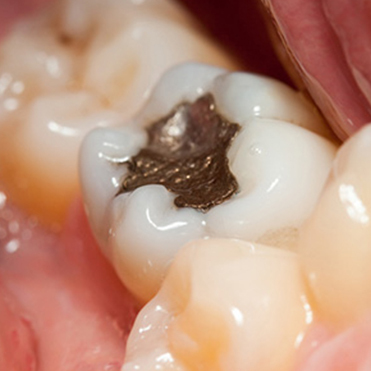
The origin of the concern about the negative effects of amalgam fillings comes from the discovery of mercury vapor in people’s mouths.
However, the amount of mercury your body can absorb it’s not enough to cause adverse, let alone lethal damages.
So, long story short, yes. According to the American Dental Association, multiple scientific studies have shown that dental amalgams are safe for your teeth and do not represent a threat to your health.
Besides, the mercury in water, which can accumulate in fish and cause you medical conditions if you consume it in large quantities, is not the same as the mercury used in amalgam fillings.
It’s still very important to talk to your dentist about any specific risks that amalgam fillings could bring to you. They’ll recommend the best option for your oral health.
If you’re looking to get a professional’s perspective on this, don’t hesitate to contact a Mexico dentist from our office. We’re here to help you get on the right track to take care of your smile.
What are Amalgam Fillings Made From?
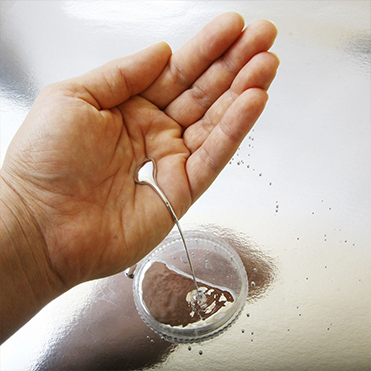
A dental amalgam filling is made up of liquid elemental mercury and a powdered alloy of silver, tin, and copper.
You may also find elemental mercury in things like electrical switches or light bulbs. This substance makes up around 50% of dental amalgam.
The chemical characteristics of elemental mercury allow it to react with other components, like silver, copper, tin alloy particles, and attach them to form an amalgam.
How Long Do Amalgam Fillings Last?
Besides doing a good job of protecting your teeth, amalgam fillings are long-lasting, which is one of the main reasons why they’ve been around for over a century.
This filling should last about 15 years on average before you have to replace them. However, this will depend on different factors like your daily habits and cleaning routine.
For instance, if you grind your teeth or don’t keep up with daily flossing and brushing, the life span of your amalgam fillings will get affected directly, and you might have to replace them sooner.
Benefits of Dental Amalgam
Dental amalgams have some perks you can take advantage of, and depending on the state of your oral health and your budget. They might be the solution you’re looking for:
- They are more resistant to breaking than other types of dental fillings. Because of this you can enjoy a wider variety of foods and keep your amalgams for a long time.
- Better for people with a higher risk of tooth decay and cases where moisture makes other materials, like resins, difficult to adhere to the tooth.
- It’s the most affordable option for fillings.
- It has been the choice to repair decayed teeth for more than 150 years, for hundreds of millions worldwide.
And just like any other treatment, it’s not exempt from having downsides. These filings aren’t the most aesthetically pleasing ones and are pretty noticeable at first sight.
There’s also a list of people who are a little bit more vulnerable to potential mercury risks, and that should avoid getting these filings:
- Pregnant women or if they’re planning on having a baby.
- Children younger than six years old.
- People who have kidney dysfunction.
- People who are allergic to mercury and other metals.
Are There Alternatives to Amalgam?
Treating decay is super important for your current and future oral health. If fillings end up not being a good fit for your oral health, you can choose from these options:
Composite fillings:
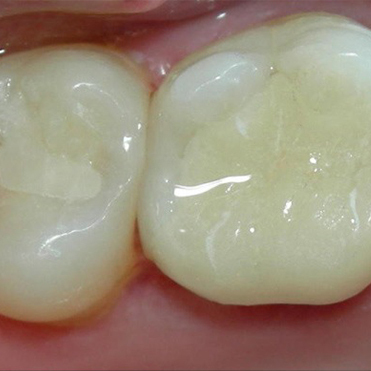
Plastic and resin are mixed to make composite fillings. This type of fillings is a popular choice because they can be tinted to match the color of your surrounding natural teeth, making it way less noticeable than an amalgam filling. However, these do not last as long. Their lifespan is from five to ten years before you have to replace them.
Ceramic fillings:
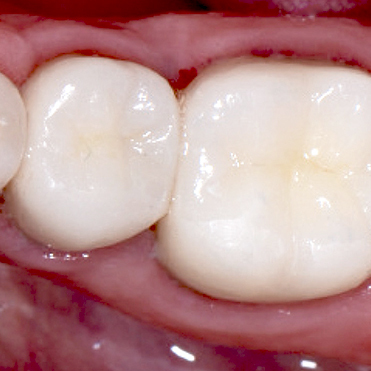
These fillings are both durable and natural-looking. They resist stains and can also match the color of your teeth.
However, ceramic fillings come at a higher price and are more expensive than composite resin fillings. They’re also not recommended to treat large cavities as they’re more fragile than resin.
Glass ionomer fillings:
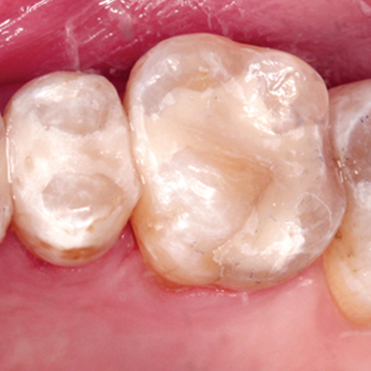
These fillings contain glass and acrylic. Glass ionomer fillings are better for children whose teeth are still developing.
Glass ionomer fillings only last a few years before cracking or wearing out. Regular glass ionomer does not have the same natural appearance as composite resin.
Overall, it’s super important that you check with your dentist before making up your mind on any dental filling.

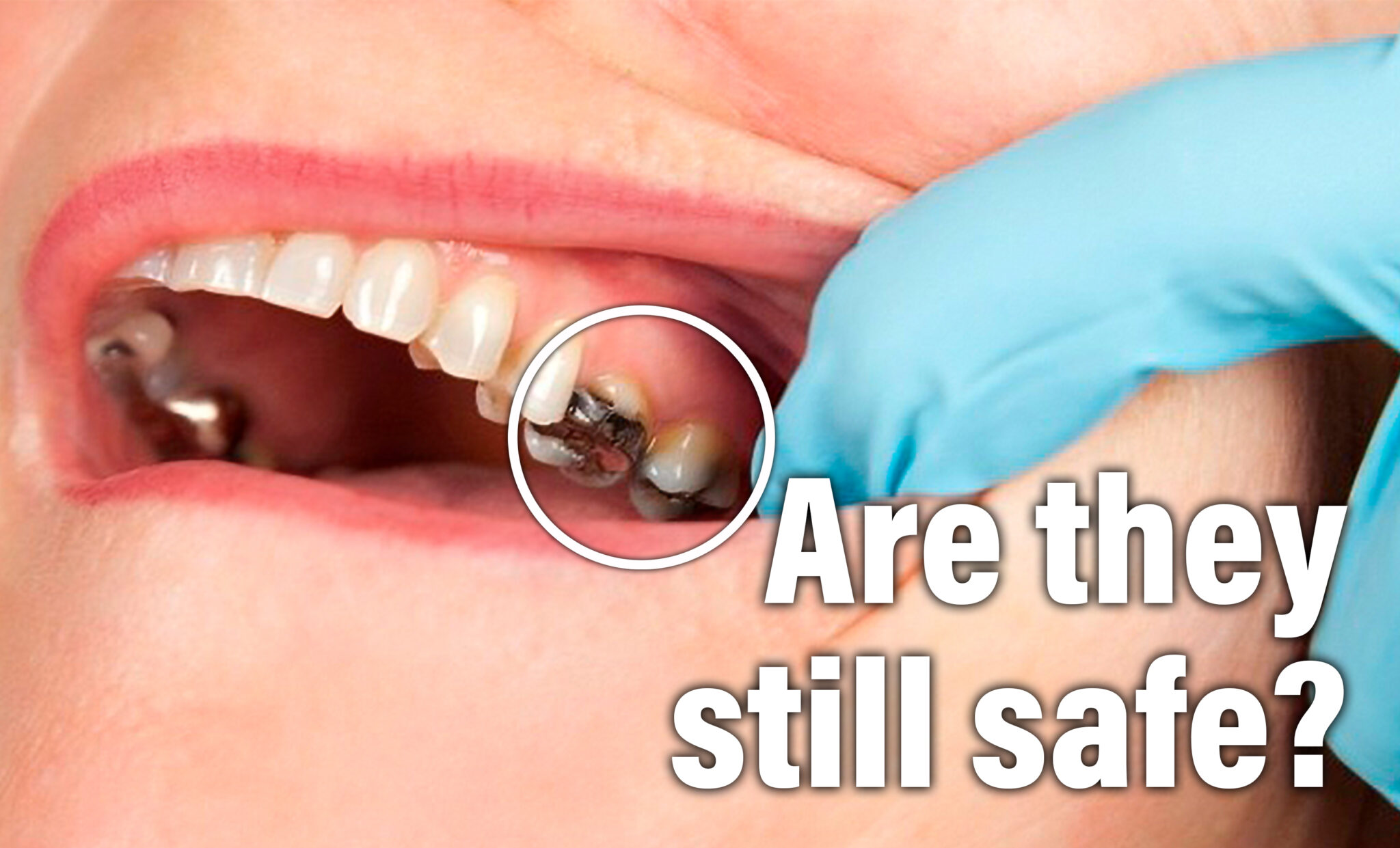


Leave a Reply